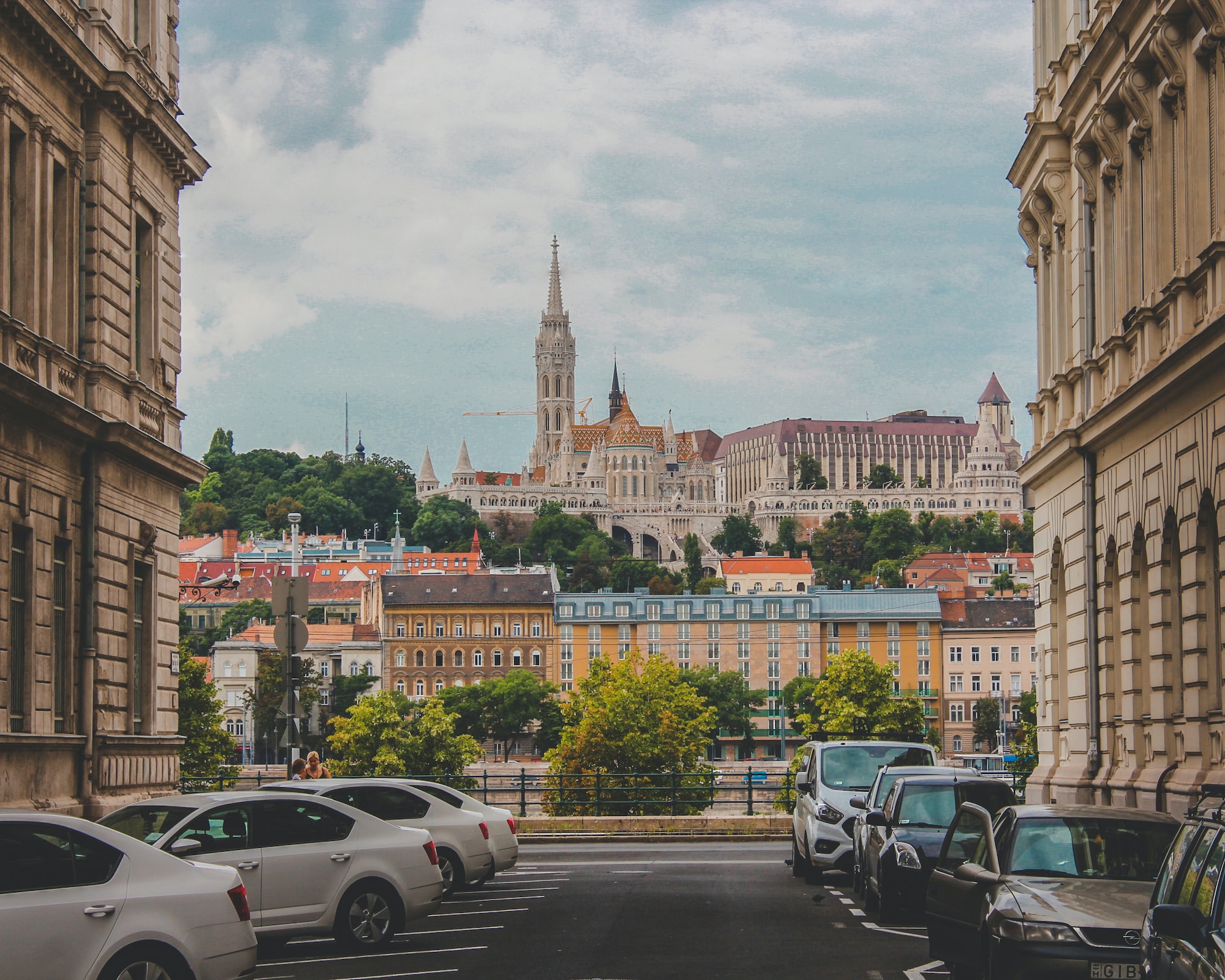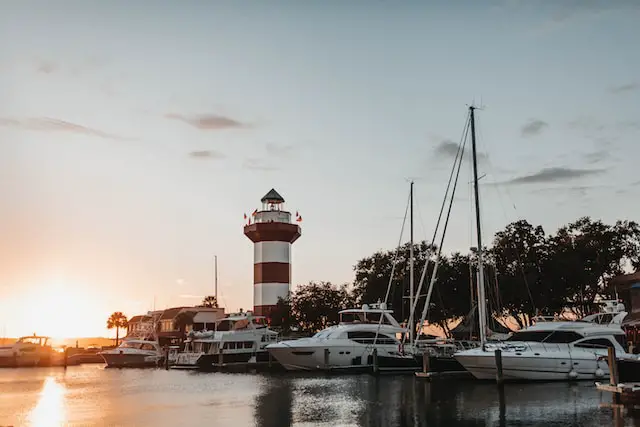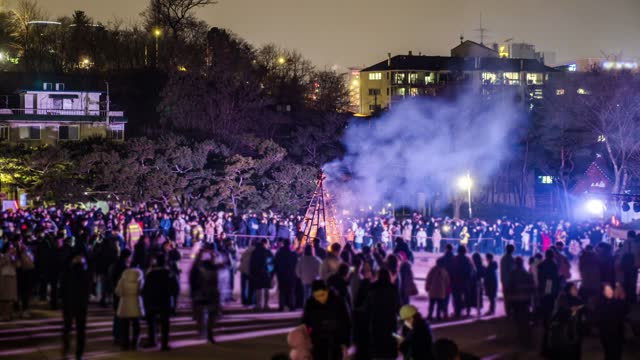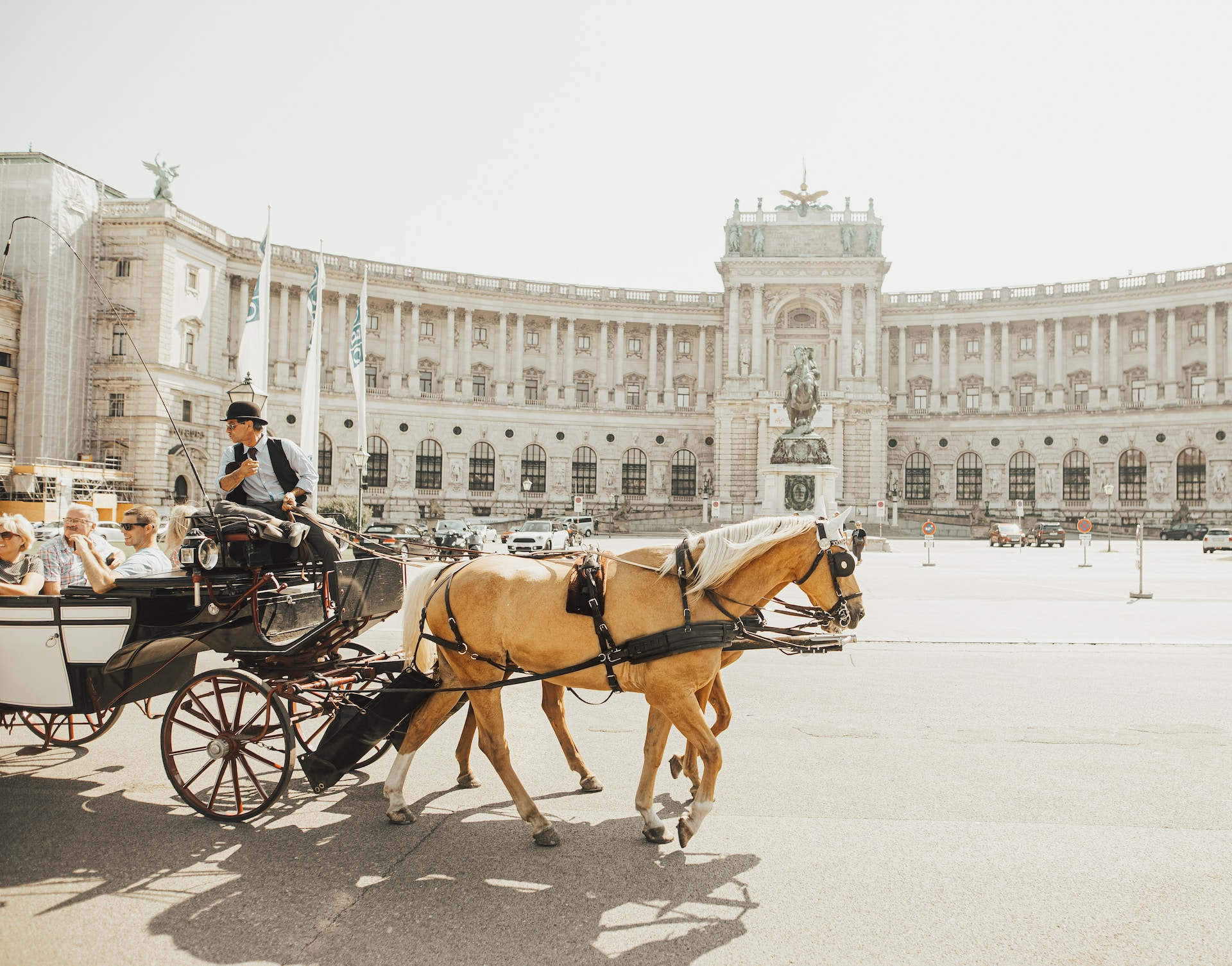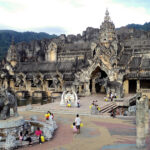Located in the heart of Europe, Hungary has emerged as a melting pot of diverse cultures, rich history, and spectacular landscapes. This landlocked nation, bounded by seven different countries, is a vibrant fusion of traditional European charm and modern vivacity. Its unique language, captivating folk tales, and renowned thermal baths have drawn countless visitors from around the globe.
The history of Hungary dates back to the early Middle Ages, when the mighty Magyars, a nomadic tribe from Asia, first settled in the region. Over the centuries, the nation endured invasions and occupations by various empires, including the Mongols, the Ottomans, and the Habsburgs. Each of these epochs left indelible imprints on Hungary’s cultural and historical landscape.
The heritage of the Magyar people, Hungary’s original settlers, still resonates today. The Hungarian language, Magyar, is a testament to this rich heritage. Unlike most European languages, Magyar is from the Uralic language family, relating more closely to Finnish and Estonian. It has a complex grammar that reflects the intriguing history of the people who speak it.
Budapest, Hungary’s capital and the largest city, encapsulates the country’s dichotomy between old-world charm and contemporary dynamism. Straddling the Danube River, the city is divided into Buda and Pest, each side offering a distinctive character. Buda, dominated by the historic Buda Castle and Fisherman’s Bastion, provides a glimpse into the past, while Pest buzzes with vibrant nightlife, thriving gastronomy, and impressive architecture, including the iconic Hungarian Parliament Building.
While Budapest is the beating heart of the nation, Hungary’s true essence can be discovered in its rural landscapes and provincial towns. The Great Plains in the South, known as the Puszta, is a vast expanse of prairie, offering a peek into the nation’s pastoral lifestyle. Traditional horsemen, known as Csikós, continue the age-old equestrian traditions of the Magyars, exhibiting their skills in spectacular performances.
The Northern part of the country is home to the World Heritage-listed Hortobágy National Park, Europe’s largest semi-natural grassland, teeming with diverse birdlife and traditional T-shaped wells. It’s a peaceful, pastoral scene that illustrates the inherent connection between the Hungarian people and the land.
Hungary is also known for its abundance of natural thermal springs, resulting from its unique geothermal activity. The nation is dotted with thermal baths, providing both recreational and therapeutic benefits. The Széchenyi and Gellért Baths in Budapest and the Cave Bath in Miskolc-Tapolca are popular destinations for those seeking relaxation and rejuvenation.
Hungary’s gastronomy is another fascinating aspect of its culture. The country’s most famous dish, Goulash, is a hearty stew of meat and vegetables, seasoned with paprika and other spices. The national spice, Paprika, has become synonymous with Hungarian cuisine, its pungent aroma and bright red color enhancing many traditional dishes. Hungary is also well-known for its exceptional wines, including Tokaji Aszú, a sweet dessert wine, and the red wine from the Eger region, famously known as “Bull’s Blood”.
Culturally, Hungary has been a fertile ground for several forms of arts. It has produced numerous world-class musicians, such as Franz Liszt, Béla Bartók, and Zoltán Kodály. Hungarian folk music and dance, particularly the Csárdás, is vibrant, emotive, and an integral part of rural life. The country’s literary tradition is also significant, with writers like Imre Kertész, a Nobel laureate, making noteworthy contributions.
Despite the trials of history, including the devastating impacts of both World Wars and the oppressive regime of communism, Hungary has shown remarkable resilience. The Revolution of 1956 was a significant turning point, a popular uprising against Soviet control. Although it was brutally suppressed, it marked a pivotal moment in Hungary’s march towards democracy, culminating in the peaceful transition from communism to a democratic republic in 1989.
Today, Hungary is a member of the European Union, NATO, and the OECD, playing an active role in international affairs. Its thriving economy is powered by diverse sectors including automotive manufacturing, information technology, and pharmaceuticals. Hungary’s focus on education, particularly in STEM fields, has led to significant advancements in science and technology.
In essence, Hungary’s allure lies in its amalgamation of the old and new. Its rich history blends seamlessly with modern attractions, making it a fascinating destination. Its landscapes, culture, history, and people continue to captivate, making Hungary a true gem in the heart of Europe. Whether you are drawn by the bustling streets of Budapest, the tranquility of the Great Plains, the rejuvenating thermal baths, or the tantalizing flavors of Hungarian cuisine, you will find Hungary an unforgettable encounter with the heart of Europe.
Hungary’s geographical location and diverse topography contribute significantly to its unique allure. From the fertile plains of the Pannonian Basin, the low mountains of the Transdanubian Range, to the rolling hills of the Northern Uplands, the country’s terrains are as diverse as they are beautiful.
The diversity of the landscape translates to a wealth of natural attractions. Lake Balaton, the largest freshwater lake in Central Europe, is affectionately known as the ‘Hungarian Sea’. It offers a multitude of recreational activities, from swimming and sailing to hiking in the nearby hills. The lake’s north shore is known for its historic towns and high-quality vineyards, while the south shore is famed for its resort towns and beaches.
Another natural gem is the Aggtelek Karst region, a UNESCO World Heritage Site known for its remarkable cave systems. These include the Baradla-Domica cave system, one of the longest researched, visited for centuries for its awe-inspiring stalactites and stalagmites.
Hungary’s rich biodiversity is reflected in its ten national parks, over 35 landscape protection areas, and multiple nature reserves. Kiskunság National Park, Bükk National Park, and Fertő-Hanság National Park are just a few examples that highlight Hungary’s commitment to preserving its natural heritage.
Hungary’s architectural legacy is as diverse as its landscapes. From the Roman ruins of Aquincum, the Gothic Revival style Parliament Building, Art Nouveau masterpieces, to the largest synagogue in Europe, the Dohány Street Synagogue, Hungary’s built heritage tells the tale of a country at the crossroads of cultures.
Hungary’s world-renowned educational institutions, like the University of Szeged and the Budapest University of Technology and Economics, have made the country a favored destination for international students. The nation is also at the forefront of scientific research and innovation, with 13 Nobel laureates to its name.
In recent years, Hungary has emerged as an important hub in the global film industry. Budapest has played backdrop to numerous Hollywood blockbusters, and the country’s advantageous tax incentives, high-quality production services, and skilled professionals have attracted filmmakers worldwide. The Hungarian film “Son of Saul” won the Best Foreign Language Film at the 88th Academy Awards, a testament to the country’s cinematic prowess.
Hungary also has a thriving music scene, known worldwide for its classical music heritage but also burgeoning with contemporary and popular music. The Sziget Festival in Budapest, one of Europe’s largest music and cultural festivals, draws hundreds of thousands of visitors each year, showcasing a wide range of musical genres.
Hungarians are also known for their sporting culture. The country has a distinguished history in water sports, having won numerous medals in swimming and water polo. Hungary has also excelled in fencing, athletics, and has a particularly strong tradition in chess.
Yet, what truly sets Hungary apart is its people. Despite the hardships faced throughout their history, Hungarians are known for their resilience, warmth, and hospitality. Traditional Hungarian values of family, hard work, and a love for their homeland shine through in every aspect of life.
In conclusion, Hungary is a nation of fascinating contrasts and surprising harmonies. A place where western pragmatism meets eastern mysticism, and tradition meets innovation. Its rich history, unique language, diverse landscapes, and vibrant culture make it an intriguing destination for tourists, students, and professionals alike. Whether you’re exploring the bustling streets of Budapest, tasting the spicy richness of goulash, relaxing in a centuries-old thermal bath, or tracing the path of the mighty Danube, a journey through Hungary is an adventure in discovering the heart of Europe.
